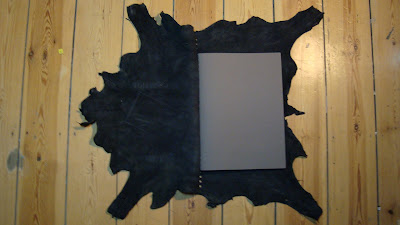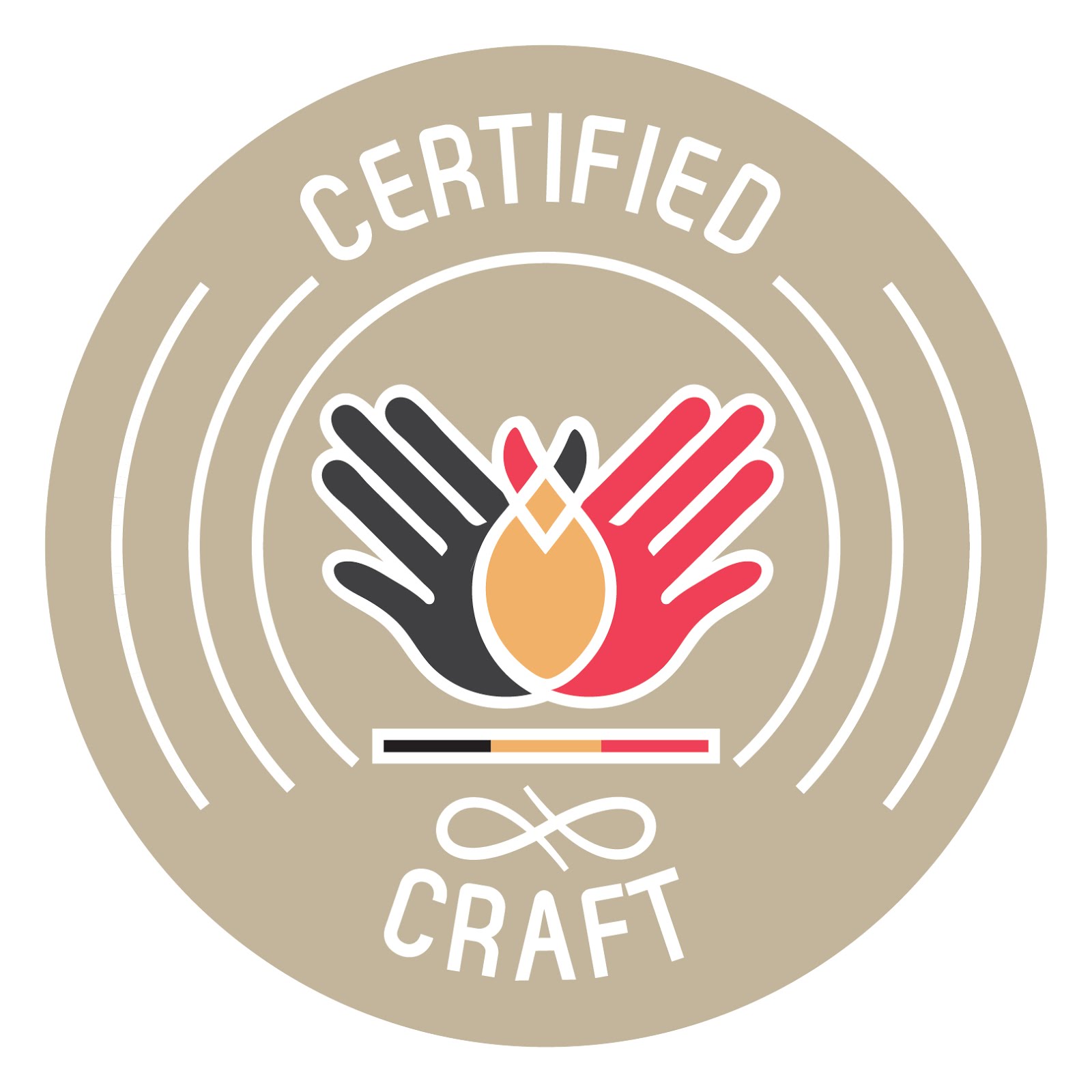
De K118 is schitterende aanvulling op de vele reeds beschreven Gotische bindwijzen (zie Szirmai, The archeology of medieval bookbinding). Op het eind van de jaren 80 van vorige eeuw ontdekte Bruce R. Levy tijdens een restauratie deze bindwijze. Het artikel dat hij hierover schreef kan je terugvinden op http://cool.conservation-us.org/coolaic/sg/bpg/annual/v06/bp06-08.html
De K118 dankt zijn naam aan de boekbinderij die deze boeken gebonden heeft in 1493. Via de verguldstempels kwam men uit bij Nurembergse binderij K-118 in Kyriss "Verzierte Gotische Einbande Im Alten Deutschen Sprachgebiet". Wat deze binding onderscheid van andere bindwijzen is de enorme soepelheid bij het openen, het bijna vlakke openen van de pagina's en de stevigheid.
In deze reeks volg ik de variatie van de K118 zoals deze ontwikkeld is door Terry Buckley en Gene Mahone.
Stap 1: Naaien van het boekblok: met touw, linten, of koptisch,.... alles is goed. Hier gebruik ik plyster linten. Omdat ik de bestaande naaigaten terug heb gebruikt is de verdeling niet geheel volgens het boekje,...
The K118 is wonderful addition to the many already described Gothic binding methods (see Szirmai, The Archaeology of medieval book binding). At the end of the 80thies of last century Bruce R. Levy discovered, during a restoration, this binding. The article he wrote about the restoration can be found on http://cool.conservation-us.org/coolaic/sg/bpg/annual/v06/bp06-08.html
The K118 is named after the bindery who bound these books in 1493. Through the gilding tools they came out at the Nuremberg bindery "K-118" in Kyriss "Verzierte Gothic Einbande Im Alten Deutschen Sprachgebiet". What distinguishes this binding of other binding methods is the enormous flexibility in the opening, nearly flat open of the pagesand firmness.
In this series I follow the variation of the K118 as developed by Terry and Gene Buckley Mahone.
Step 1: Sewing the text block: with ropes, ribbons, or Coptic,.... they are all good. Here I use plyster ribbons. Because I have used the existing sewing holes again, the sewing stations are not as usual...











